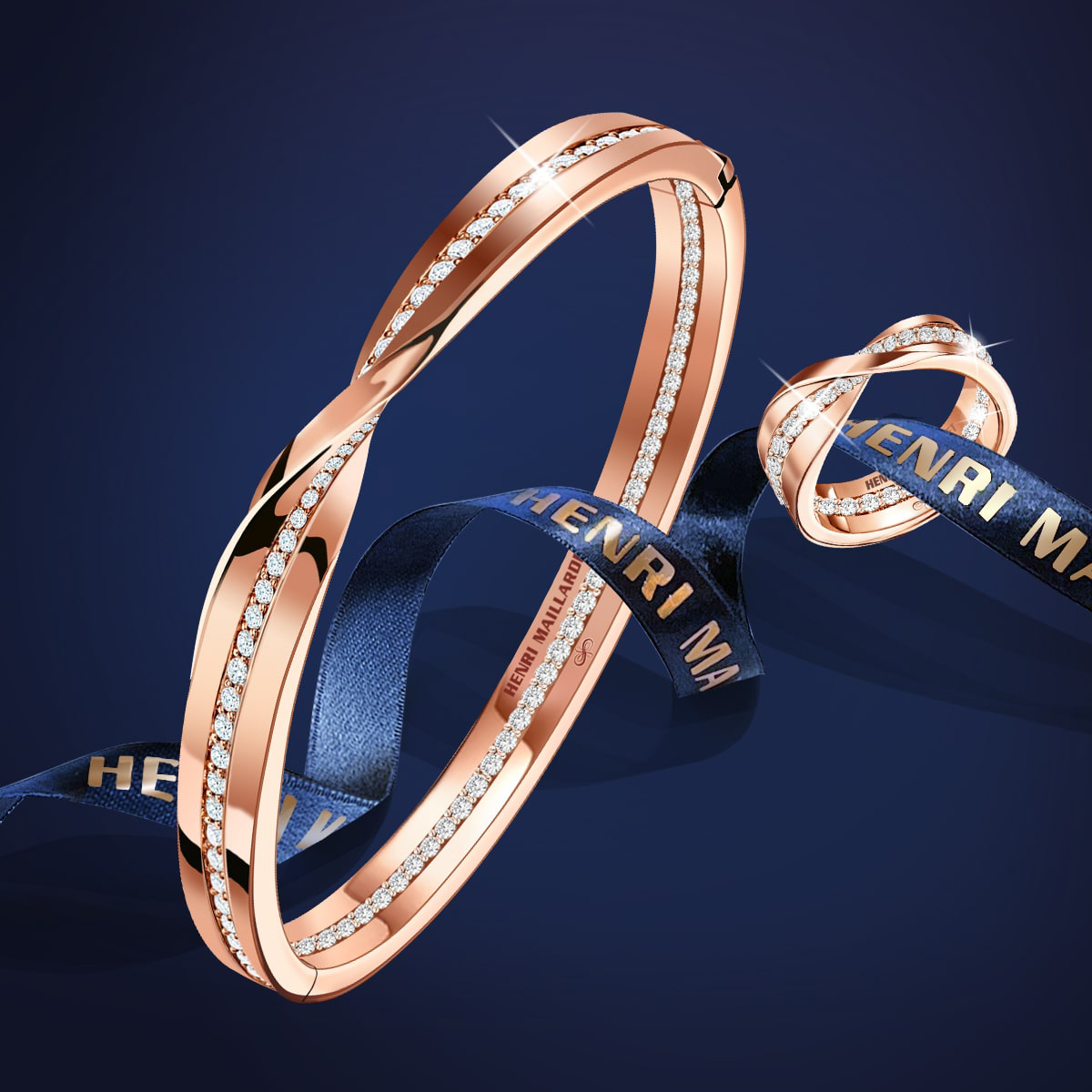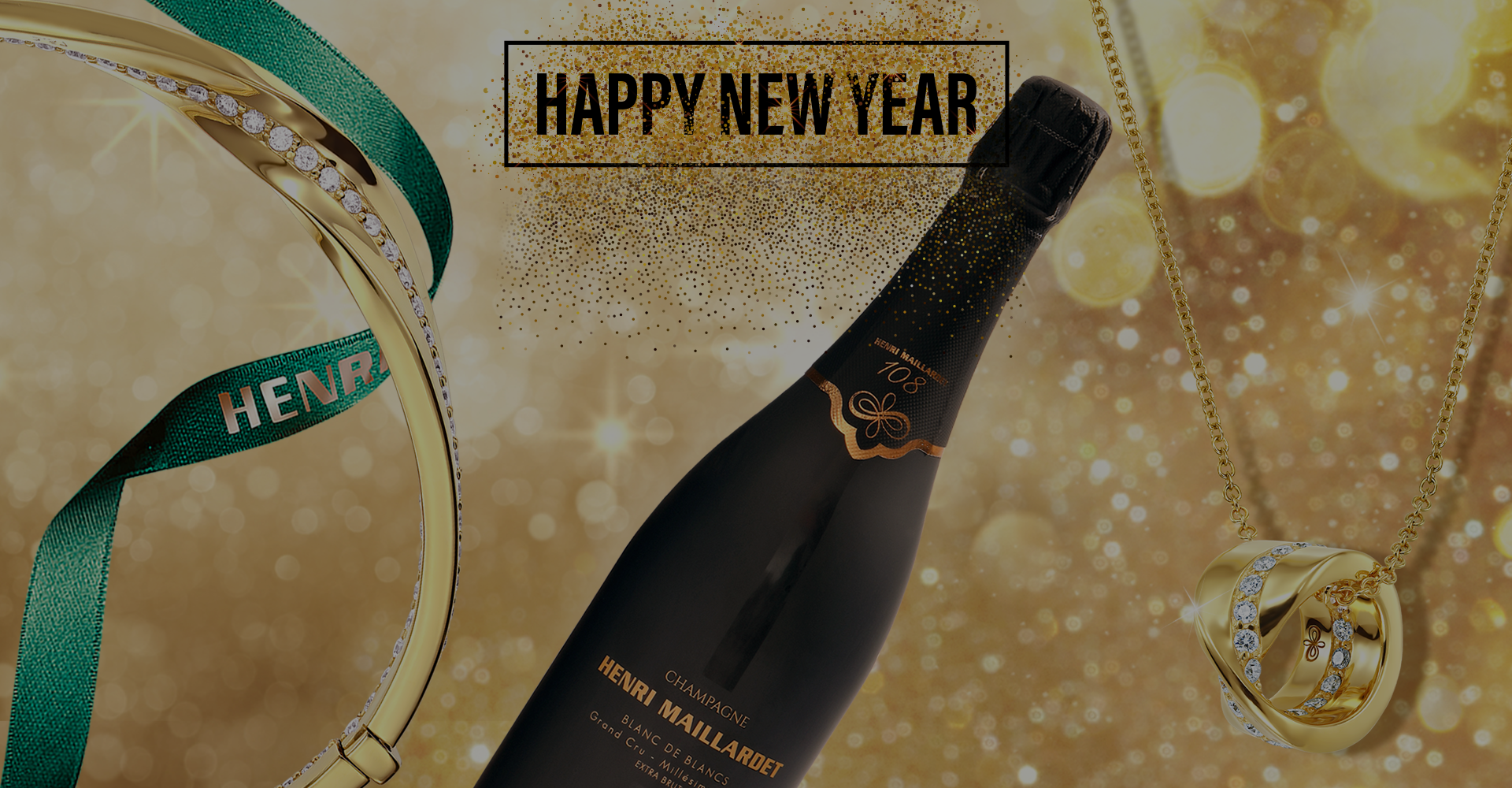 READ ARTICLE
READ ARTICLE

From countdown parties to the iconic ball-drop in Times Square, this is the time to celebrate the coming of a new year and a new beginning.
Everyone is in good spirits and feeling optimistic about the future on New Year’s Eve. From countdown parties to the iconic ball-drop in Times Square, this is the time to celebrate the coming of a new year and a new beginning. ’Out with the old, in with the new’, we can finally say! Common traditions include popping champagne corks at midnight, making resolutions for the year ahead, and watching fireworks displays. But it wasn’t always like this.
If history is correct, we have been celebrating the beginning of each new year for at least four millennia. The earliest records of New Year celebrations date back to ancient Babylon, where the first new moon after the vernal equinox – the day in late March with equal amounts of sunlight and darkness – marked the beginning of a new year. They celebrated with a festival that lasted eleven days called Akitu, a name derived from the Sumerian word for barley that was cut in the spring. During this time, the king was stripped naked and sent away. At the end, he returned dressed in the finest robes, and people went back to work.
All throughout antiquity, civilisations developed sophisticated calendars that tied the first day of the year to an agricultural or astronomical event. In Egypt, the year began with the annual flooding of the Nile, which coincided with the rising of the star Sirius. The first day of the Chinese New Year coincided with the second new moon after the winter solstice. Attributed to Romulus himself, the Roman calendar originally consisted of 10 months and 304 days, with each new year also beginning on the vernal equinox. Januarius and Februarius were added later by king Numa Pompilius, but the calendar fell out of sync with the sun.
In 46 BC, Emperor Julius Caesar introduced the Julian calendar and January 1 as the first day of the year. The month’s namesake was Janus, the Roman god whose two faces allowed him to see both the past and the future at the same time. The Romans offered sacrifices to Janus, exchanging gifts, attending festivals, and decorating their homes. In medieval Europe, Christian leaders replaced it with days of greater religious significance, such as December 25 (the anniversary of Jesus’ birth) but Pope Gregory XIII reinstated January 1 as New Year’s Day in 1582 when the Gregorian calendar was adopted by most Catholic countries.
Today, New Year’s Eve is celebrated differently all around the world, but celebrations typically begin on the evening of December 31 and continue into the early hours of January 1. Many customs are common worldwide, including watching fireworks, making resolutions (another practice thought to have first caught on among the ancient Babylonians, who made promises to earn the favor of the gods) and singing songs to welcome the new year, including the ever-popular “Auld Lang Syne” in many English-speaking countries. But there are other traditions you might not know much about.
In Colombia, for example, people run around the house with a suitcase to ensure that the upcoming year is filled with travel. The Danes jump-off from the chairs at midnight to literally “leap” into the new year. In Japan, people begin to laugh the moment the New Year begins. During Scotland’s New Year’s Eve celebration of Hogmanay, they burn barrels and roll them through the streets to show the old year is burned up.
Traditional New Year foods are also important. In Spain and Spanish-speaking countries people eat a dozen grapes symbolising their hopes for the months ahead, one at each stroke of the clock at midnight. Because pigs represent prosperity in some cultures, pork appears on the New Year’s Eve table in Cuba, Austria, Hungary and Portugal. In Sweden and Norway rice pudding with an almond hidden inside is served; find it and expect 12 months of good fortune! And ring-shaped cakes and pastries, a sign that the year has come full circle, round out dinner in Mexico, Greece and the Netherlands.
Then again, what you wear when the clock strikes 12 might be just as important as what you eat, and one of the most popular colours at New Year’s is red. Italians are known to wear red to ring in the New Year and bring love and passion into their lives but, actually, people all over the world often opt for red clothing or accessories on this special night. Complete your outfit with the World Diamond and Garnet Ring or World Diamond and Garnet Earrings, two beautiful, one-of-a-kind creations by Henri Maillardet made of diamonds and semi-precious stones that embody the joy and vibrancy of the World. You may just have the happiest new year!
Be the first to discover our news.